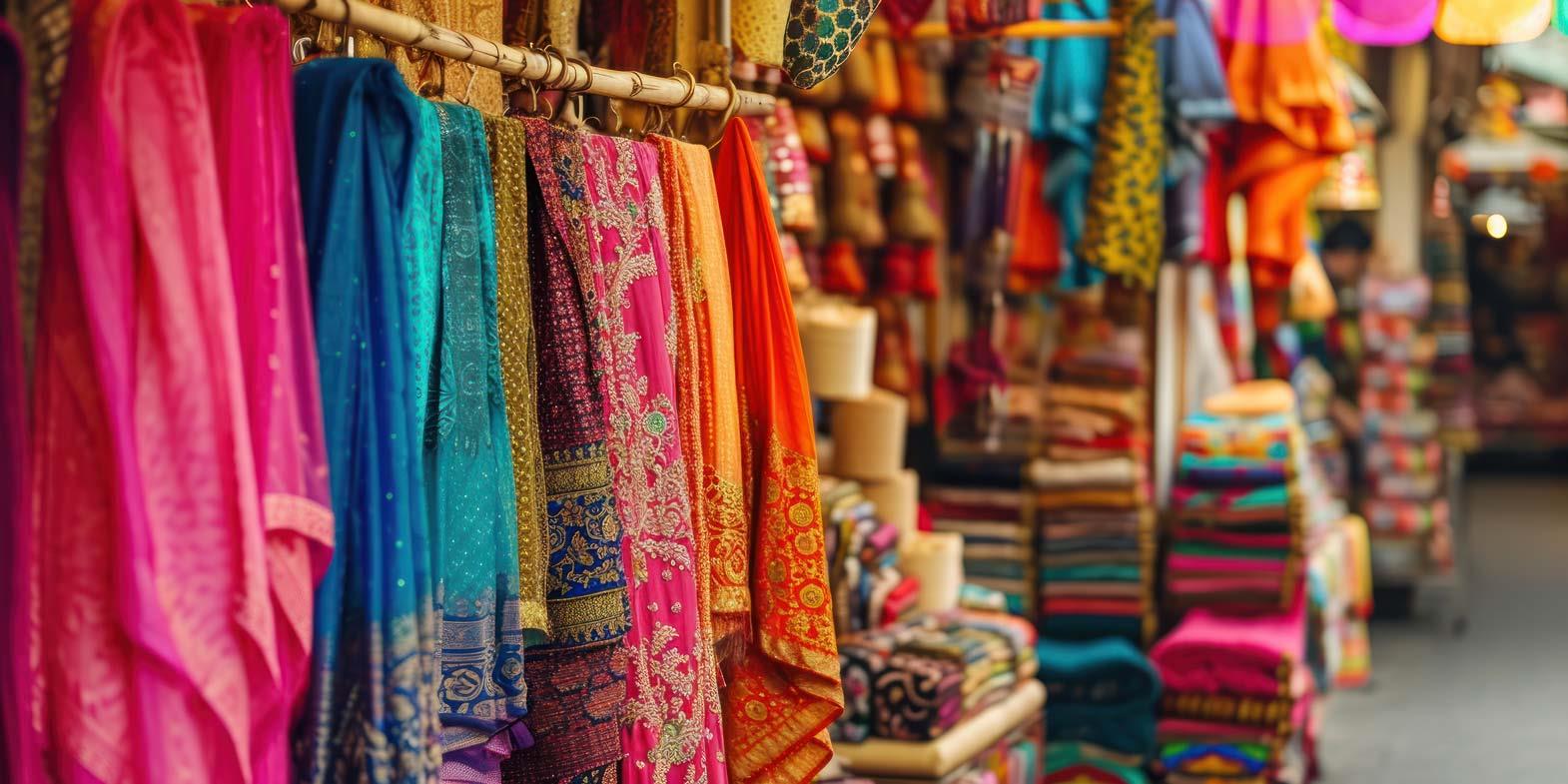This style of documentation takes the form of an essay or point-form structure, recording conservation work in written sentences. It provides detailed written information about the document, offering an ideal narrative description. This method is advantageous as it eliminates the need for viewers to repeatedly handle fragile artifacts, preventing potential damage. It is particularly useful when the artifact is not available for physical inspection.
Checklist:
The checklist-style documentation is becoming increasingly popular due to its standardized nature. It involves using a predefined list of content required for documentation, ensuring that all necessary information is recorded consistently. This method aids in proper categorization and easy retrieval of information. However, it lacks flexibility for adjusting pre-prepared data to suit the specific requirements of individual artifacts. Checklist-style documentation is preferred when documenting multiple items of the same class with similar characteristics.
2. Visual Documentation
Visual documentation offers greater clarity as it presents objects in their original form. This method is recommended when addressing a broader audience and can take various forms:
Photography:
Photography is one of the most effective visual documentation methods. It allows for the capture of various types of photographs, including black and white or color images. Slides can also be prepared for documentation purposes. Photographs serve multiple purposes, such as illustrating the extent and location of damage or deterioration, showcasing intricate details within the object, indicating the object's size or typical placement, displaying color variations, and illustrating analytical or technical work and results.
Illustration:
Illustration is type of documentation done as pencil drawing with description of the object in detail which includes title, condition of the object, dates etc and signed by the documenter. Illustrations can be used alone or to supplement photography but are generally used to clarify information in detailed in the report. Illustrations, done properly, will take time but the effort will be appreciated. Illustrations are generally used where flat sketches are required. Sometimes if the expression, flow or mood needs to be documented, this method is effective.
X Radiography:
To document the internal condition/structure of a complex object X-radiography is the best method. By using this method for documentation, the image of the material and structure of the artifacts which cannot be seen through naked eyes can be recorded. In the case of photography and illustration, labelling is done but the difference is the mention of choice of voltage also needs to be recorded. The length of exposure to the X-rays along with the type of film used should be documented. In case of textiles, its use is limited as its exposure to X-Radiography may cause damage to the textiles.
3. Audio Visual Documentation
Film Strips:
For this 35mm film is used. Documentation is in the sequence of still pictures. Each picture has individual frames on 35mm film. Each strip contains from 12 to 18 or more pictures. Typically, a film strip's running time is between 10 to 20 minutes. This type of documentation is effective for showing the process of particular artifact especially the dyeing process or specialized weaving process.
Discussion Filmstrips:
It is a continuous strip of film consisting of individual frames arranged in sequence usually with explanatory titles.
Sound Slide Film:
It is similar to film stripes but instead of explanatory title or spoken discussion, recorded explanation is audible which is synchronized with pictures.
Advantages
* These are compact, easy to handle and always in proper sequence.
* They are inexpensive when reproduction is required.
* They increase understating and retention.
* They can stimulate the development of understanding and attitudes.
* They make documentation as an effective process and serve as preservation tools.
Conclusion
Rich traditional crafts which can be categorized in to vanishing arts need to be preserved. The proper knowledge documentation of rare textiles will provide long term easy access to the data and will also serve as ready reference as textiles may deteriorate over the period of time. In museums all the artifacts cannot be displayed.
Today, use of digital technology has become a compelling force motivating to museums and other related institutions to experiment with newly developed hardware and software which is helpful tool in accessing, cataloguing and analyzing the artifacts. The in-depth knowledge regarding this will help in selection of appropriate technology which can be used to its maximum. Thus, it will help in preserving the rare specimens of textiles for a longer period of time.







Comments